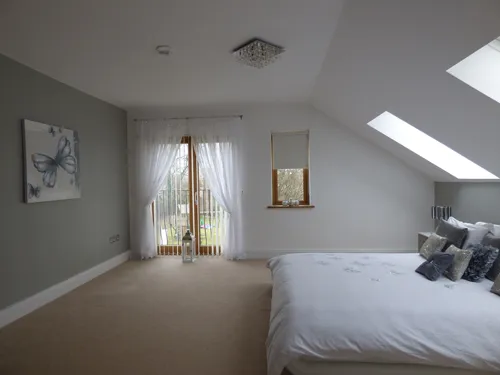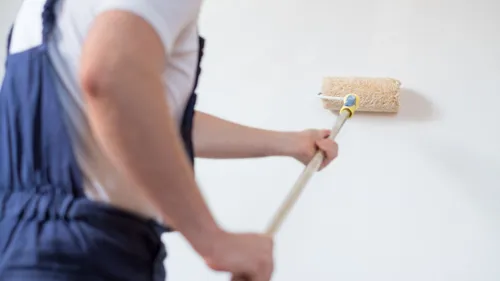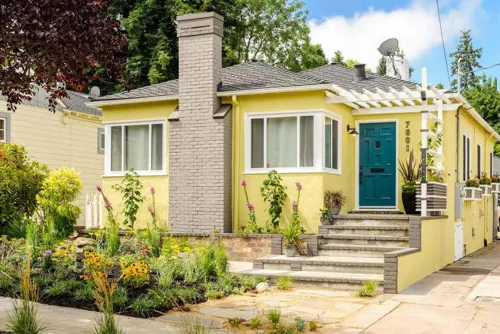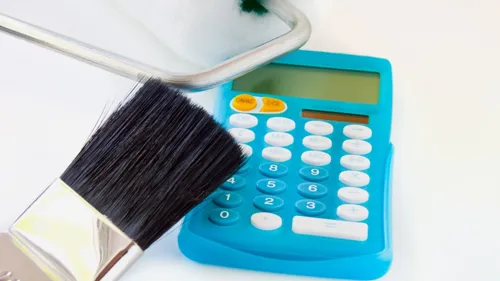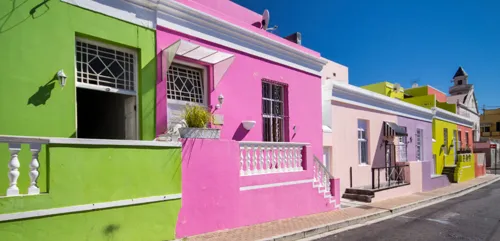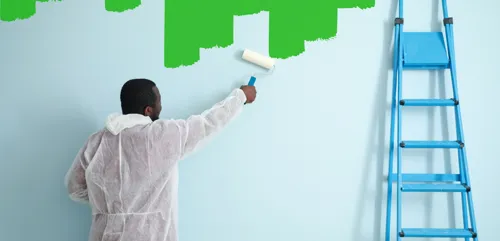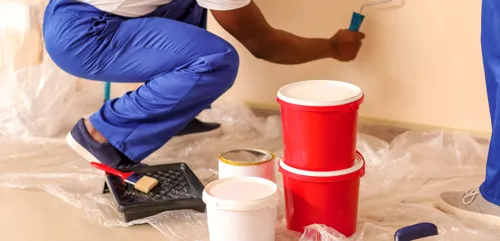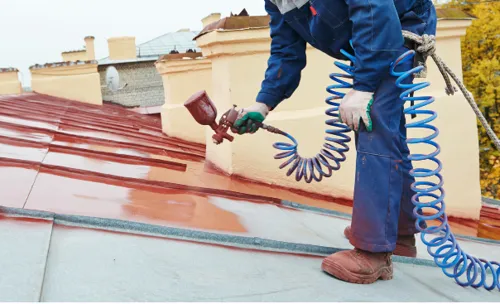Avoid these common mistakes when painting your home.
1. Failing to prepare
The most common mistake South Africans make when painting their homes. The difference between a professional finish and an amateur job is preparation.
Clean the walls, remove any chipping or peeling paint, and allow patchwork on the walls to dry. Also, make sure all your equipment is out and ready to go. If you have to stop and look for it, chances are you will make a mistake.
2. Choosing the wrong colour
Another mistake most home painters are always making. They'll visit the store and pick out a colour just because it stood out on the colour strip.
To get a proper sense of how a colour will work in your house, always get a paint sample to try out on your walls. Apply the paint, then observe how it looks once it's on the wall at different times of the day.

If you're happy with the look, then you can proceed to paint. If not, you can return to the store and pick up a different colour.
3. Not being mindful of the weather
Paint is sensitive to extreme weather conditions, which are very common in South Africa. Heat, wind, storms, mist. The weather on the day you choose to paint will affect the quality of your finish.
If you use water-based paint on a humid day, it will take much longer to dry than if you painted on a day with dryer air.
Freezing and scorching temperatures will have even worse consequences for your paint job. If it is too cold, your paint will not dry evenly, resulting in cracks and peeling off prematurely. Extreme heat will cause your paint to bubble.
Be careful not to paint on any random day. Keep in mind the season and regional conditions.
4. Skipping the primer
The failure to use primer is another mistake that trips up most home painting projects. Primer is essential; it gives your new coat of paint the best chance of adhering to the surface.

A coat of primer is always necessary when changing from a dark shade to a lighter tone on your walls. It will stop the old colour from bleeding through and changing the final look of your new paint job.
You should also use a primer if you are painting over stained or wooden walls. It will prevent stains showing in the new paintwork and tannins in wood from causing discolouration.
5. Using the wrong paintbrushes
Painting equipment is not one size fits all, despite what you might think. Each painting project will have sections best suited to brushes and other parts that will need rollers. And that is hardly scratching the surface.
You cannot use the same brush for oil and water-based paint. For oil-based paint, you must use brushes with natural bristles. You will need to use synthetic brushes from polyester or nylon for water-based paint.
If you use a natural brush with water-based paint, it will absorb the water and won't apply paint properly.
6. Not using painting tape
Painting tape is another small trick of the trade that separates the pros from the rest. If more people used it for their DIY projects, unclean edges and shoddy work would not happen.

Most people use masking tape instead of painters tape. Masking tape won't create as clean lines and crisp edges as painters tape. If you use a poor quality tape, the paint will seep through it and ruin whatever work you meant to protect.
A higher-quality tape might cost more, but it will give you a better result. Just be sure not to leave it on too long. If you do, it will peel off with some paint when you take it off. An hour should be enough for your paint to dry to the point where it will not move after you lift the painters' tape.
7. Hiring a contractor of questionable quality
If you're not sure that you're doing things right, don't be afraid to ask your local paint store for some advice. And, if you can't seem to make headway after that, you might as well get a professional to paint your home for you.
Just be careful not to hire the first handyman that comes by offering the lowest rate. Too many South Africans discover that hiring an unproven amateur costs more in the long run.
Don't be one of them. You'll get quotes from top-quality painters if you submit a request on Procompare. Absolute peace of mind for a little more than you were going to spend anyways.
